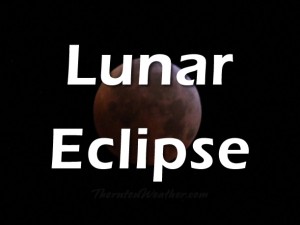
Landing on Mars has proven over the years to be an extremely difficult task with few space probes seeing success. NASA’s Curiosity rover beat the odds completing its 352 million mile journey with a perfect landing early Monday morning.
The probe was launched on November 26 and as it neared its touchdown on the Red Planet, NASA had been discussing the “7 minutes of terror” involved in inserting the probe into the Martian atmosphere and successfully landing. The craft used an amazing array of equipment to land including a sky crane and a supersonic parachute.
The image above was taken by the Mars Reconnaissance Orbiter in a perfectly choreographed event designed to capture just an image. The photo shows Curiosity dangling under its massive parachute as it descends to the surface.
For more on NASA’s Curiosity rover mission click here.
From NASA:
Curiosity Spotted on Parachute by Orbiter
NASA’s Curiosity rover and its parachute were spotted by NASA’s Mars Reconnaissance Orbiter as Curiosity descended to the surface on Aug. 5 PDT (Aug. 6 EDT). The High-Resolution Imaging Science Experiment (HiRISE) camera captured this image of Curiosity while the orbiter was listening to transmissions from the rover. Curiosity and its parachute are in the center of the white box; the inset image is a cutout of the rover stretched to avoid saturation. The rover is descending toward the etched plains just north of the sand dunes that fringe “Mt. Sharp.” From the perspective of the orbiter, the parachute and Curiosity are flying at an angle relative to the surface, so the landing site does not appear directly below the rover.
The parachute appears fully inflated and performing perfectly. Details in the parachute, such as the band gap at the edges and the central hole, are clearly seen. The cords connecting the parachute to the back shell cannot be seen, although they were seen in the image of NASA’s Phoenix lander descending, perhaps due to the difference in lighting angles. The bright spot on the back shell containing Curiosity might be a specular reflection off of a shiny area. Curiosity was released from the back shell sometime after this image was acquired.
This view is one product from an observation made by HiRISE targeted to the expected location of Curiosity about one minute prior to landing. It was captured in HiRISE CCD RED1, near the eastern edge of the swath width (there is a RED0 at the very edge). This means that the rover was a bit further east or downrange than predicted.
The image scale is 13.2 inches (33.6 centimeters) per pixel .
HiRISE is one of six instruments on NASA’s Mars Reconnaissance Orbiter. The University of Arizona, Tucson, operates the orbiter’s HiRISE camera, which was built by Ball Aerospace & Technologies Corp., Boulder, Colo. NASA’s Jet Propulsion Laboratory, a division of the California Institute of Technology in Pasadena, manages the Mars Reconnaissance Orbiter Project for NASA’s Science Mission Directorate, Washington. Lockheed Martin Space Systems, Denver, built the spacecraft.
Credit: NASA/JPL-Caltech/Univ. of Arizona








